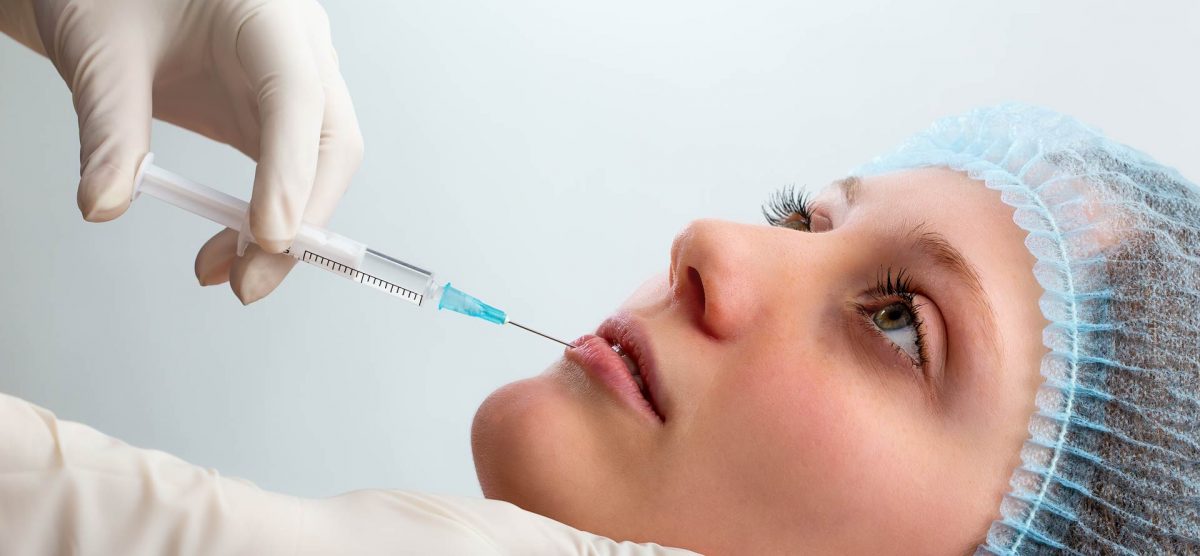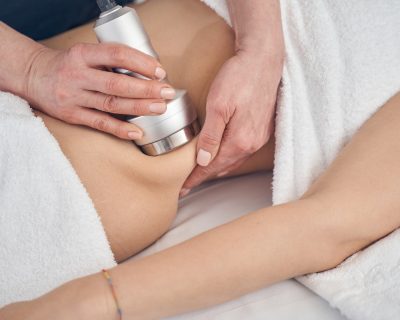Blog

5 Medical Reasons for BOTOX Injections
Botulinum toxin or Botox refers to an injectable neurotoxic protein that is capable of paralyzing the muscles in any area it is injected. For most people, they associate Botox with cosmetic procedures such as reducing fine lines and wrinkles. Although cosmetic uses of Botox are extremely popular, it is also utilized in a wide range of medical procedures as well.
Below we highlight 5 medical reasons for Botox injections:
Chronic Migraines
This condition is a form of severe headache that is accompanied by sensitivity to noise and light. Chronic migraines can often last for four hours or more and can occur as frequently as daily. While migraines often begin as regular headaches, chronic headaches happen frequently and lead to large levels of discomfort and pain for the affected individual. Over time, it can lead to complications such as migraine-triggered seizures, nausea and vomiting, sleeplessness, and vertigo. If Botox is injected into the muscles around the neck and head every 12 weeks, it can reduce or even stop frequently occurring migraines.
Excessive Underarm Sweating or Hyperhidrosis
Everyone sweats, including in their underarms, however for people with hyperhidrosis, sweating is excessive and uncontrollable. Excessive underarm sweating occurs when the nerves around the region trigger the sweat gland to continuously secrete sweat. Regular antiperspirants cannot stop this type of excessive underarm sweating. Fortunately, people with hyperhidrosis can now rely on Botox injections to deal with the condition. The injections will reduce the amount of sweat that the sweat gland produce.
Upper Limb Spasticity
When the arm muscles contract involuntarily, the condition is known as upper limb spasticity. This condition is often associated with stroke, multiple sclerosis, injury to the brain or spin and cerebral palsy. Stiff elbows, fingers and wrists, pain, uncontrollable arm movements, and clenched fists are some of the common symptoms of upper limb spasticity. For many individuals with this condition, Botox injections into the arm muscles will severely reduce the effects of upper limb spasticity.
Overactive Bladder
When a bladder is overactive, it will squeeze too often or without any signal; thereby, forcing the person to urinate too regularly. In other cases, an overactive bladder can cause urine to leak. With Botox injections, the bladder can relax so that its capacity to store urine will increase. As a consequence of the relaxation, the affected person will urinate less often.
Eyelid Muscle Spasms
Also called blepharospasm, eyelid muscle spasm is a condition that leads to frequent and uncontrollable blinking, watery eyes, the closing of eyelids, and eye twitches. This condition can also be responsible for irritation or pain of the eye and eyelids. Anyone suffering from these eyelid muscle spasms will have a hard time using a computer, driving, and doing other everyday activities. Botox injections can alleviate these conditions; thus, reducing the symptoms. Additionally, it will allow you gain more control over your involuntary blinking and twitching.
You should note that the medical applications of Botox injections are not limited to these 5 conditions. Other conditions that can require Botox injections include crossed eyes, cervical dystonia, and drooling in Parkinson’s disease. As with any other medical conditions and treatments, consult with your physician to ensure any treatments are right for you.






